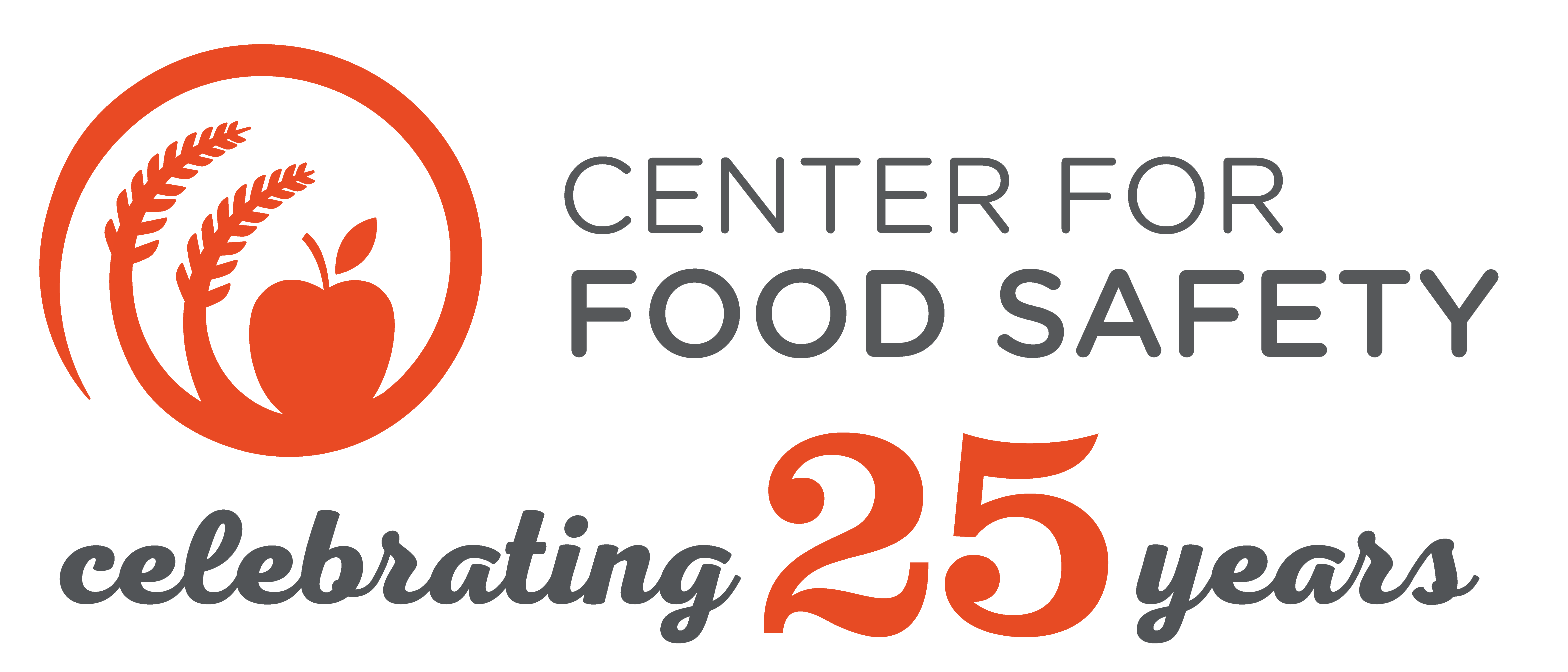October 6, 2010
The AquaBounty Salmon: Will the World’s First Commercial GE Animal Be an Albatross? Latham, J. & Wilson, A. The Bioscience Resource Project.
July 18, 2011
Predation and Food Limitation Influence Fitness Traits of Growth-Enhanced Transgenic Wild-Type Fish (Pennington & Kapuscinski). Transaction of American Fisheries Society.
May 26, 2011
Reproductive performance of alternative male phenotypes of growth hormone transgenic Atlantic salmon (Moreau, Conway & Fleming). Evolutionary Applications, ISSN 1752-4571.
May 10, 2010
Transgenesis in Animal Agriculture: Addressing Animal Health and Welfare Concerns. Greger, M. Humane Society of the US. J Agric Environ Ethics, DOI 10.1007/s10806-010-9261-7
September 16, 2009
EU-funded study urges caution on transgenic fish farming
July, 2006
Super Salmon: The Industrialization of Fish Farming and the Drive Towards GM Technologies in Salmon Production. McLeod, Grice, Campbell and Herlith. Center for the Study of Agriculture, Food and the Environment (CSAFE), Discussion Paper No. 5. University of Otago, New Zealand.
2005
The Catch with Seafood: Human Health Impacts of Drugs and Chemicals Used in the Aquaculture Industry. Center for Food Safety.
December, 2004
Characterization of environmental risk of genetically engineered (GE) organisms and their potential to control exotic invasive species.
Muir, W.M. & Howard, R.D. (2004). Aquat. Sci. 66, 1–07.
January 2, 2004
Population effects of growth hormone transgenic coho salmon depend on food availability and genotype by environment interactions.
Proceedings of the National Academy of Sciences.
Devlin, R.H., D’Andrade, M., Uh, M. & Biagi, C.A.
Summary: When transgenic and nontransgenic salmon were cohabitated and competed for different levels of food, transgenic salmon consistently outgrew nontransgenic fish and could affect the growth of nontransgenic cohorts except when food availability was high. When food abundance was low, dominant individuals emerged, invariably transgenic, that directed strong agonistic and cannibalistic behavior to cohorts and dominated the acquisition of limited food resources. When food availability was low, all groups containing transgenic salmon experienced population crashes or complete extinctions.
August 2002
Animal Biotechnology: Science Based Concerns
Board on Life Sciences, National Research Council (National Academies of Sciences)
April 2001
Invasion of transgenes from salmon or other genetically modified organisms into natural populations
Philip W. Hedrick
February 15, 2001
Growth of domesticated transgenic fish
Robert H. Devlin, Carlo A. Biagi, Timothy Y. Yesaki, Duane E. Smailus & John C. Byatt.Nature 409, 781-782
January-February 2001
A New Kind of Fish Story: The Coming of Biotech Animals
U.S. Food and Drug Administration FDA Consumer magazine
November 2000
Marine, Estuarine, and Diadromous Fish Stocks at Risk of Extinction in North America (Exclusive of Pacific Salmonids)
Musick et. al.
June 6, 2000
Will souped up salmon sink or swim?
Tony Reichhardt, Nature Vol. 406
January 2000
Genetically Engineered Fish: Swimming Against the Tide of Reason
Dr. Jan van Aken for Greenpeace International
April 2001
Growth Enhanced Salmon
US Office of Science and technology Policy, Executive Office of the President:
CEQ/OSTP Salmon Case Study of Environmental Regulation for Biotechnology
2000
Economic and Regulatory Aspects of Marine Biotechnology, Ramond A. Zilinskas. Chapter from Opportunities for Environmental Applications of Marine Biotechnology: Proceedings of the October 5-6, 1999, Workshop, Commission on Life Sciences, Ocean Studies Board, National Science Foundation. The National Academies Press.
Environmental Risks in Using Growth Hormone (GH) Transgenic Salmon and Rainbow Trout for Commercial Marine Production in Canada
Sutterlin, Fletcher, Hew and Benfey
May-June 1999
Will transgenic fish be the first ag-biotech food-producing animals?
FDA Veterinarian Newsletter, Vol. XIV, No. III
1997
Murky Waters: Environmental Effects of Aquaculture in the U.S.
Environmental Defense Fund
November 23, 1999
Possible ecological risks of transgenic organism release when transgenes affect mating success: Sexual selection and the Trojan gene hypothesis.
Muir and Howard. Proceedings of the National Academy of Sciences Vol. 96, No. 24
1999
Annotated Bibliography on Salmonid Hatcheries and the Interactions Between Hatchery and Wild Salmonids
Bill M. Bakke, Director Native Fish Society
1998
Respiratory metabolism and swimming performance in growth hormone transgenic Atlantic Salmon
Stevens, Sutterlin and Cook
Canadian Journals of Fisheries and Acquatic Sciences
1995
Performance Standards for Safely Conducting Research with Genetically Modified Fish and Shellfish, Information Systems for Biotechnology (ISB), 207 Engel Hall; Virginia Tech; Blacksburg, VA 24061.
